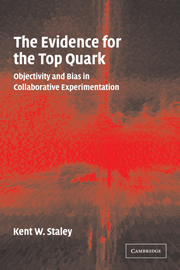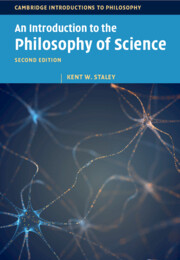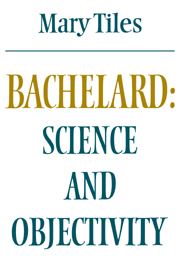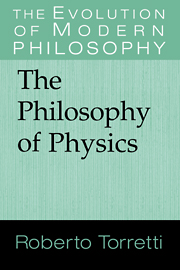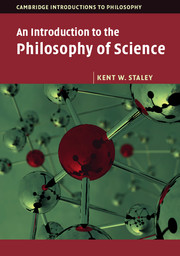The Evidence for the Top Quark
The Evidence for the Top Quark offers both a historical and philosophical perspective on an important recent discovery in particle physics: evidence for the elementary particle known as the top quark. Drawing on published reports, oral histories, and internal documents from the large collaboration that performed the experiment, Kent Staley explores in detail the controversies and politics that surrounded this major scientific result. At the same time the book seeks to defend an objective theory of scientific evidence based on error probabilities. Such a theory provides an illuminating explication of the points of contention in the debate over the evidence for the top quark. Philosophers wishing to defend the objectivity of the results of scientific research must face unflinchingly the realities of scientific practice, and this book attempts to do precisely that.
- Intriguing behind-the-scenes perspective on a major scientific discovery
- Important defense of the objectivity of scientific evidence
- Integration of history and philosophy will make the book appeal equally to both historians and philosophers of science
Reviews & endorsements
Review of the hardback: '… a significant contribution to the history and philosophy of both experiment and science.' Allen Franklin, University of Colorado at Boulder, author of The Neglect of Experiment
Review of the hardback: 'It should become a model of how philosophers do a case study in the history of science … The philosophy, history and sociology are fully integrated. All in all, it's a wonderful book.' Craig Callender, University of California, San Diego
Product details
March 2011Paperback
9780521174251
360 pages
229 × 152 × 20 mm
0.54kg
Available
Table of Contents
- Introduction
- 1. Origins of the third generation of matter
- 2. Building a detector and a collaboration to run it
- 3. Doing physics: CDF closes in on the top
- 4. Writing up the evidence: The evolution of a result
- 5. Run Ib: 'Observation' of the top quark, and second thoughts and 'evidence'
- 6. A model of the experiment: Error statistical evidence and the top quark
- 7. Bias, uncertainty, and evidence
- Epilogue.

